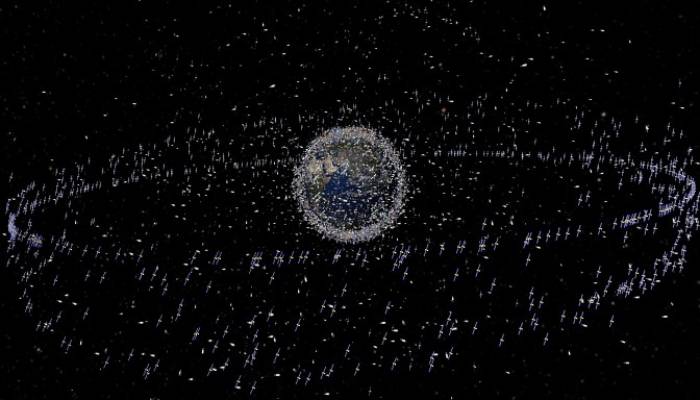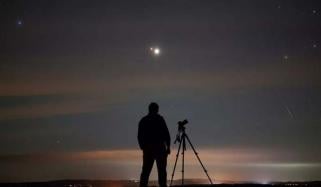
Scientists are worried about a situation called “Kessler syndrome,” which could disrupt services like the internet, TV and phone communications.
Kessler Syndrome, first proposed in 1978 by NASA scientists Donald Kessler and Burton Cour-Palais outlines a possible chain reaction in space.
There are currently more than 10,000 satellites orbiting Earth, with almost 3,000 of them no longer working.
The chances of collisions increase when more satellites accumulate. These collisions create additional pieces of debris, which then lead to even more collisions in a repeating cycle, making space increasingly dangerous for satellites.
In addition, there are millions of small pieces of debris in space and this creates a hazardous environment.
Even a tiny metal fragment travelling at high speeds can damage working satellites.
In case Kessler Syndrome intensifies, it could disrupt daily life in the way that no one aspect as satellites vital for global communication, weather tracking and navigation may be destroyed.
It is worth noting that some experts think we are very close to experiencing this syndrome.
Notable collisions, like the 2009 collision between a non-functional Russian satellite and an active US satellite, highlight the increasing danger of such events.
However, various approaches are being explored to reduce the threat.












